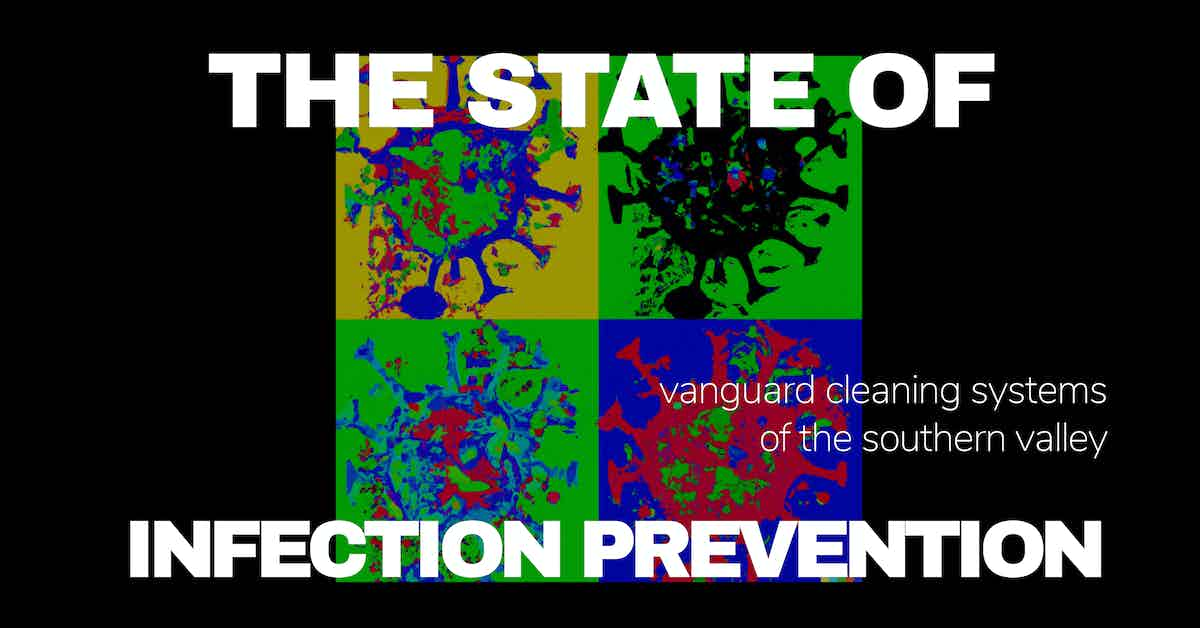The importance of infection prevention in the United States cannot be overstated, particularly in light of the COVID-19 pandemic.

Examining the Current State of Infection Prevention
Implementing effective infection prevention programs requires a multi-faceted approach, addressing environmental and behavioral factors.
This includes regular cleaning and disinfection of high-touch surfaces, the use of personal protective equipment (PPE), and adequate ventilation systems.
However, there are significant challenges to implementing effective infection prevention and control (IPC) programs, including:
- A lack of standardized guidelines and protocols.
- Limited resources and funding, and;
- Insufficient training and education.
Overcoming Infection Prevention Challenges
A 2021 paper published by Bio Med Central examined how hospitals reporting poor infection prevention and control infrastructures could successfully navigate supply chain disruptions and implement effective IPC protocols.
The study included eight conflict countries:
- Central African Republic
- South Sudan
- The Democratic Republic of the Congo
- Mal
- Nigeria
- Lebanon
- Yemen
- Afghanistan
The hospitals in these areas reported suffering from a wide range of challenges, including:
- Inadequate hospital infrastructure.
- Resource and workforce shortages.
- Education of staff.
- Inadequate in-service IPC training and supervision.
- Large visitor numbers.
- High patient numbers.
- Supply chain disruptions.
- High infection rates, and;
- Attacks on healthcare infrastructures.
According to the researcher's findings, resolving IPC challenges in these conflict-torn regions required a multi-faceted approach that included:
- Continuous education with written material that bridged both language barriers and education gaps.
- Routine hygiene (personal and environmental) reminders, and;
- Ongoing performance feedback for service providers and hand hygiene for all facility occupants.
The paper concluded;
Many of the barriers to effective IPC that were identified in this paper are common across LMIC settings.
These include inadequate infrastructure, resource and workforce shortages, low workforce education levels, inadequate in-service IPC training, and large visitor numbers.
In conflict-affected settings, there is an additional burden on health facilities and their IPC programmes.
Upsurges of conflict and security incidents resulted in supply chain disruptions, high patient numbers, and high infection rates.
While the hospitals included in this study faced significant barriers, they also demonstrated how they overcame certain challenges in the face of limited resources and funding.
Technology can also play a critical role in infection prevention, with electronic monitoring systems and advanced disinfection technologies such as UV light and electrostatic sprayers.
However, these technologies should be used in conjunction with other infection prevention measures, particularly handwashing programs, to be effective.
The Importance of Hand Hygiene in Infection Prevention
Handwashing is a critical component in the fight against the spread of germs and diseases.
Germs are everywhere and can be quickly transferred from one person to another through touch.
According to the U.S. Centers for Disease Control and Prevention;
People frequently touch their eyes, nose, and mouth without even realizing it. Germs can get into the body through the eyes, nose and mouth and make us sick.\
Germs from unwashed hands can get into foods and drinks while people prepare or consume them.
Germs can multiply in some types of foods or drinks, under certain conditions, and make people sick.
Germs from unwashed hands can be transferred to other objects, like handrails, table tops, or toys, and then transferred to another person’s hands.
Removing germs through handwashing therefore helps prevent diarrhea and respiratory infections and may even help prevent skin and eye infections.
As such, proper handwashing is essential for limiting the spread of germs, as it removes dirt, grime, and microbes from the hands.
A thorough handwashing procedure requires using soap and water and scrubbing for at least 20 seconds.
Regular handwashing is an easy and effective means of protecting oneself and others from disease, and it should be practiced regularly to maintain good hygiene.
Takeaway
Effective infection prevention and control measures are critical for ensuring facility hygiene and occupant safety.
Multi-faceted strategies addressing environmental and behavioral factors are needed, including regular cleaning and disinfection, PPE usage, and proper ventilation systems.
However, effective implementation of IPC programs is challenging due to a lack of standardized guidelines, limited resources, and inadequate training.
Onboarding and managing the requisite labor and material resources necessary to ensure the highest standards of cleanliness are achieved and maintained may prove cost-prohibitive for many organizations.
Outsourcing is a proven method for onboarding highly in-demand cleaning and disinfection services and experience for a fraction of the price of maintaining a similar service in-house.
If you would like more information regarding the effectiveness of high-performance infection prevention and control measures, or if you would like to schedule a free, no-obligation on-site assessment of your facility's custodial needs, contact us today for a free quote!
In Bakersfield, CA, call (661) 437-3253
In Fresno, CA, call (559) 206-1059
In Valencia, CA, or Santa Clarita, CA, call (661) 437-3253
In Palmdale, CA, or Lancaster, CA, call (661) 371-4756

